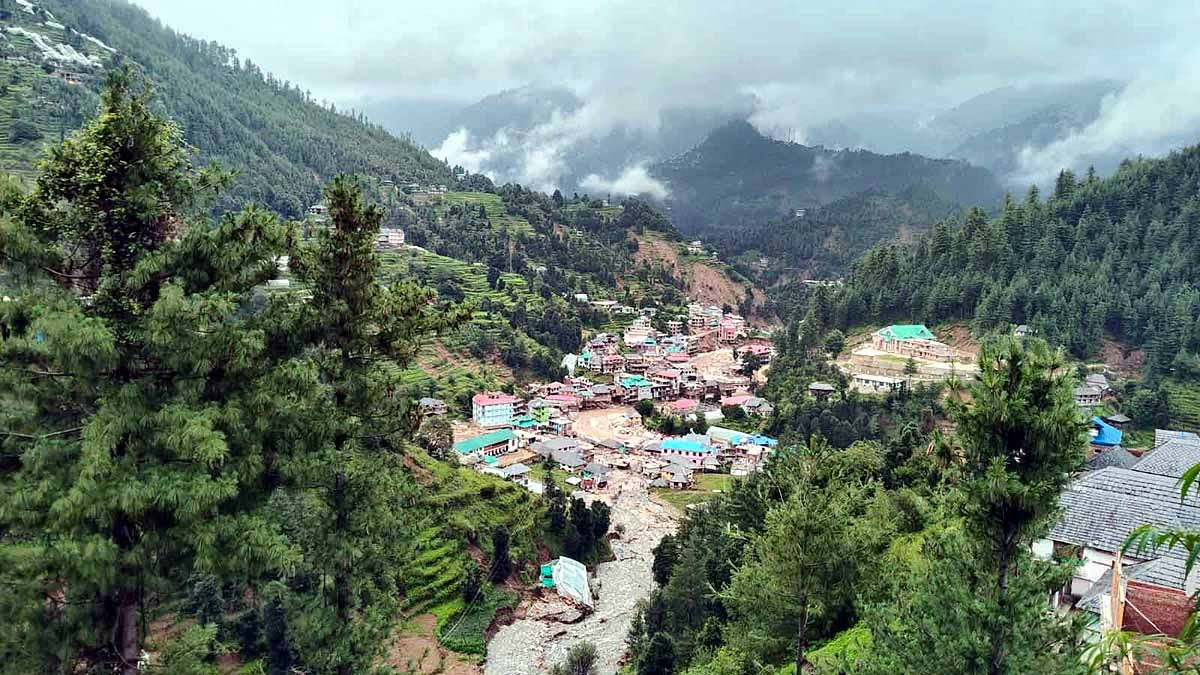The weather and climate of India are amongst the most diverse globally, bringing with them both greenery and calamity. The nation is divided into two primary rainfall zones: Tropical Monsoon Climate and Tropical Savanna Climate. These climate zones paint India with lush greenery but also bring natural disasters like heavy rains, floods, and droughts.
India's Rainfall Zones
India's climate is classified under the Tropical Rainy Climate, with temperatures seldom dropping below 18 degrees Celsius (64°F).
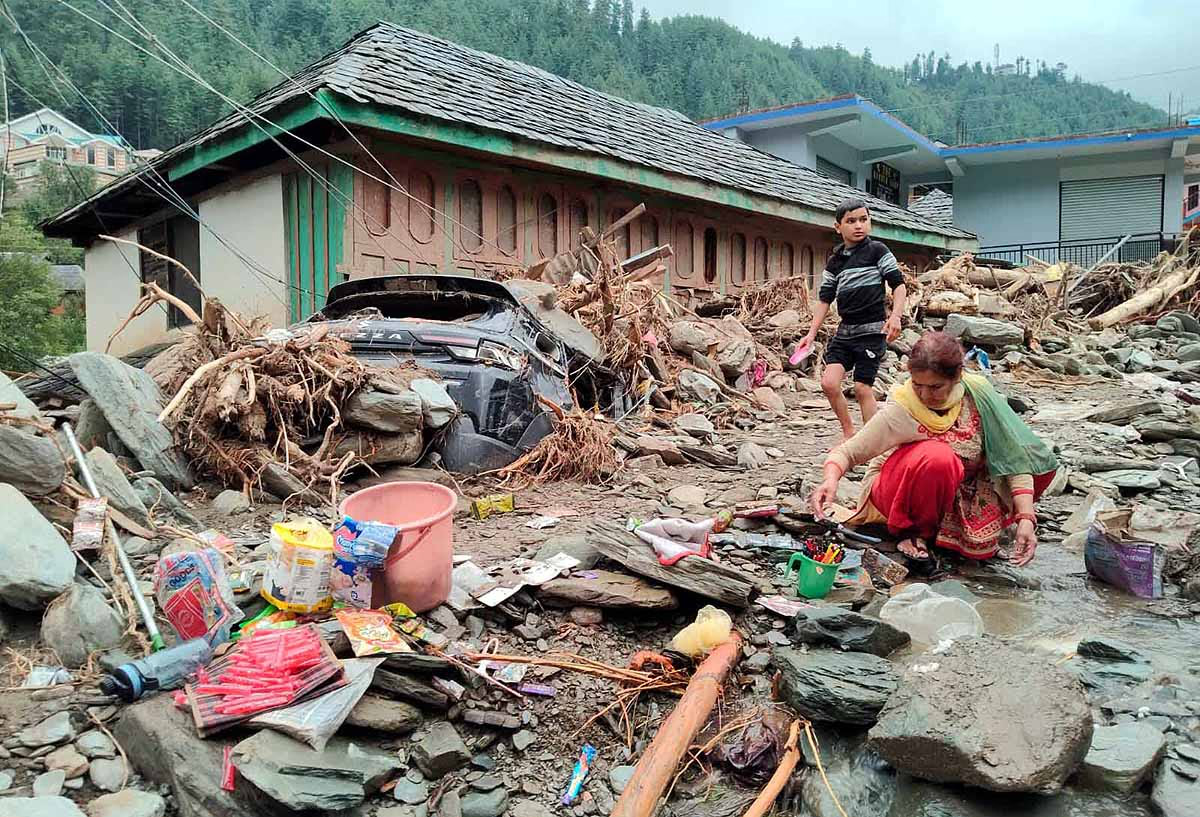
Source: aajtak
According to the India Meteorological Department (IMD), India experiences four seasons: Winter (December-February), Summer (March-May), Monsoon (June-September), and Post-Monsoon (October-November). India's climate is further divided into significant subtypes...
Tropical Monsoon Climate
Location: This climate is found in the Western Ghats, Malabar Coast, Southern Assam, Lakshadweep, and the Andaman-Nicobar Islands.
Characteristics: Moderate to high temperatures prevail year-round (above 18°C). Rainfall occurs from May to November, exceeding 2000 millimeters (79 inches) annually, sustaining forests, wetlands, and greenery.
Impact: Abundant rainfall enriches biodiversity, like the rainforests of the Western Ghats and the jungles of the Andaman. However, it also triggers significant floods and landslides. For instance, Kerala and Assam often face floods during the monsoon.
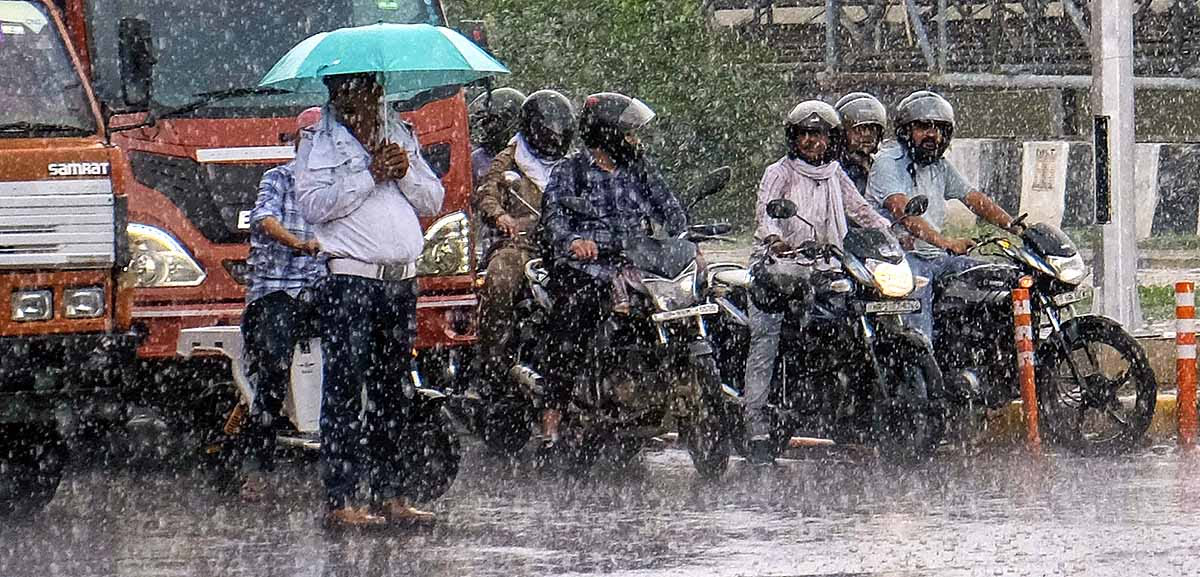
Source: aajtak
Tropical Savanna Climate
Location: Prevalent in most interior peninsular regions of India, excluding the eastern side of the Western Ghats, such as Central India and the Deccan Plateau.
Characteristics: Summer (March-May) temperatures can reach up to 50°C, while winter temperatures remain above 18°C. Rainfall primarily from June to September ranges between 750-1500 millimeters (30-59 inches). A dry season ensues from December to March.
Impact: This climate fosters savanna-type vegetation (tall grasses and scattered trees), ideal for agriculture but prone to drought and heat waves.
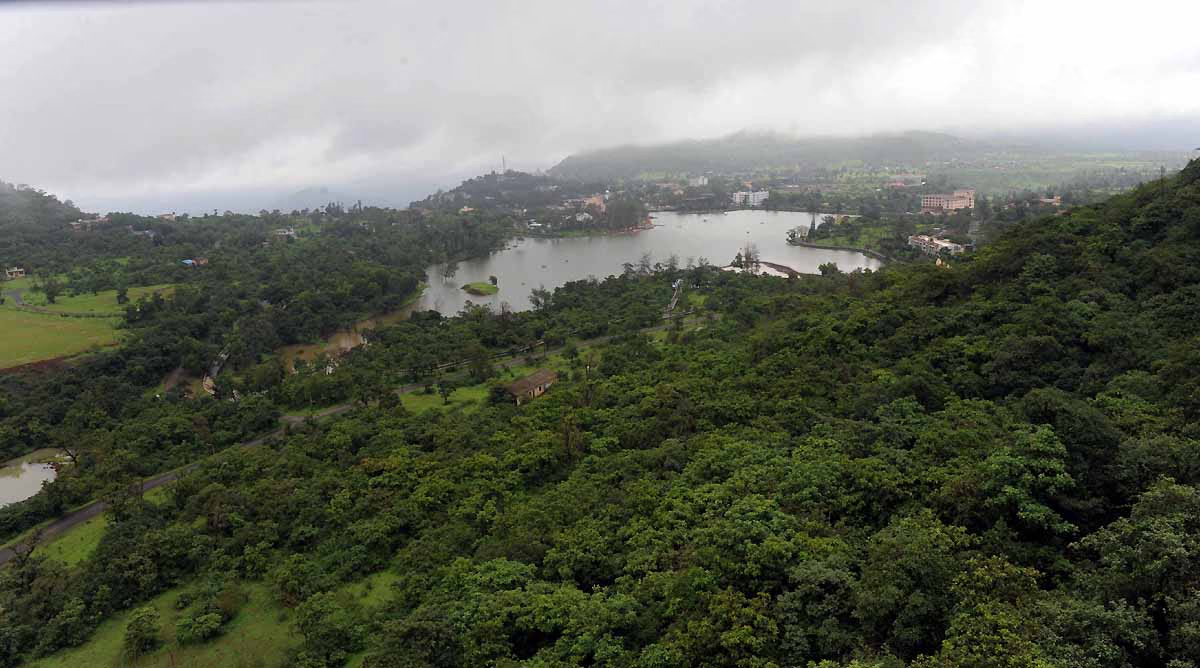
Source: aajtak
Geographical Position and Its Effects
India's geographical position shapes these rainfall zones. The following factors influence India's climate...
The Himalayas:
The Himalayas shield India from cold Central Asian winds, maintaining a tropical climate. They also direct monsoon winds towards India, resulting in heavy rainfall.
The Thar Desert:
The Thar Desert in western Rajasthan is a low-rain area due to the Western Ghats blocking moisture-laden monsoon winds, creating a rain shadow zone.
Proximity to Seas:
Coastal areas like Mumbai and Chennai experience moderate temperatures and high humidity due to the sea, whereas interior regions like Delhi and Kanpur witness extreme weather variations.
Monsoon Winds:
The Southwest Monsoon (June-September) brings 80% of India's rainfall, channeling moisture from the Bay of Bengal and the Arabian Sea, causing heavy rains. The Northeast Monsoon (October-December) delivers rainfall in Tamil Nadu and Andhra Pradesh.
Western Ghats and ITCZ:
The Western Ghats uplift monsoon winds, causing heavy rainfall. The north-south shifting of the Inter-Tropical Convergence Zone (ITCZ) regulates monsoon onset and withdrawal.
This geographical diversity results in uneven rainfall distribution. For instance, Cherrapunji and Mawsynram in Meghalaya receive over 1080 cm of rain annually, while Jaisalmer receives only 9 cm of rain.
Recent Extreme Weather Events and Natural Disasters
Climate change and human activities have heightened extreme weather events and natural disasters in India. Below are some significant events from 2024 and 2025...
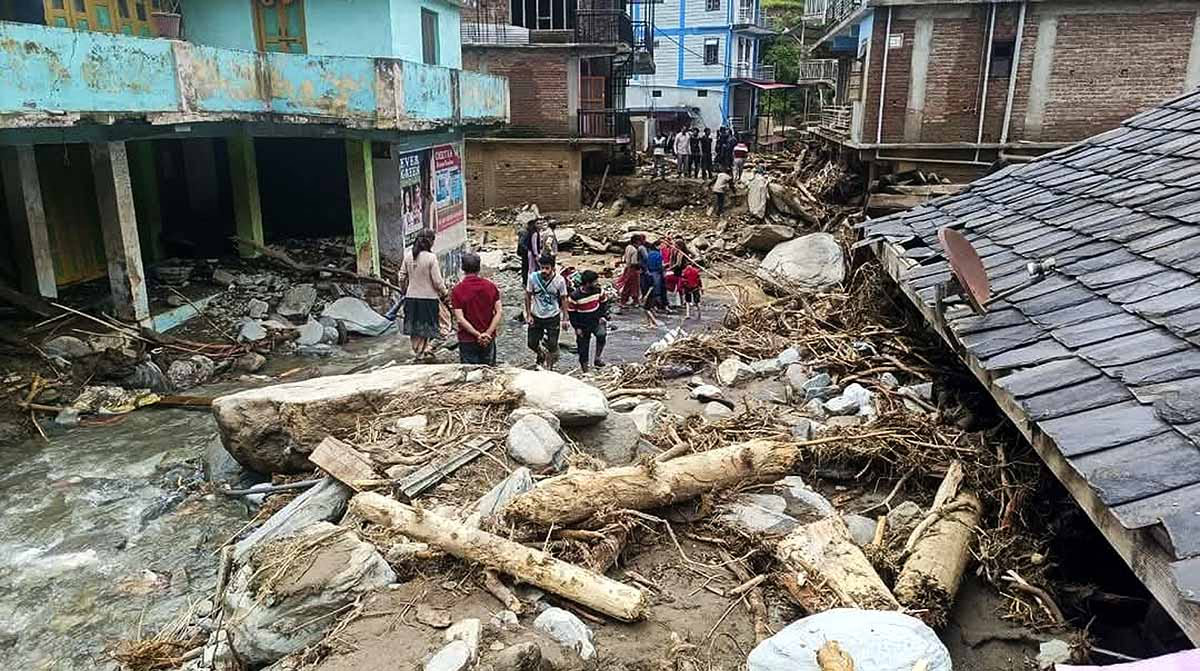
Source: aajtak
Landslides in Kerala (July 2024):
Extensive monsoon rains led to massive landslides in Wayanad, Kerala, killing over 350 people and destroying many villages. This was a result of persistent heavy rains in the Tropical Monsoon Climate zone, exacerbated by the geographic position of the Western Ghats.
Unexpected Flooding in Jaisalmer (2024):
Typically located in a dry savanna climate zone, Jaisalmer saw 55% of its annual rainfall in one day in 2024 due to extended monsoon activity and climate change, resulting in unforeseen flooding.
Leh Heatwave (July 2024):
Leh, Ladakh, a typically cold desert region, faced a heatwave in 2024 due to a warming climate and rising temperatures, exemplifying the diversity of India's climate.
Flooding in Central and Northwest India (June 2025):
Heavy monsoon rains heightened flood threats in Odisha, Jharkhand, Bihar, and Uttar Pradesh. The India Meteorological Department (IMD) warned of a reinforced low-pressure system, leading to massive devastation in these areas.
Disasters in Himalayan States:
Glacier Lake Outburst Floods (GLOF) and cloudbursts in Uttarakhand and Himachal Pradesh have increased. These are due to melting glaciers and irregular monsoon patterns in the Himalayan regions.
Urban Flooding:
Cities like Mumbai, Chennai, and Delhi face urban flooding during monsoons due to inadequate drainage systems and urbanization, exemplified by the inundation of Mumbai in 2005.
Greenery and Devastation
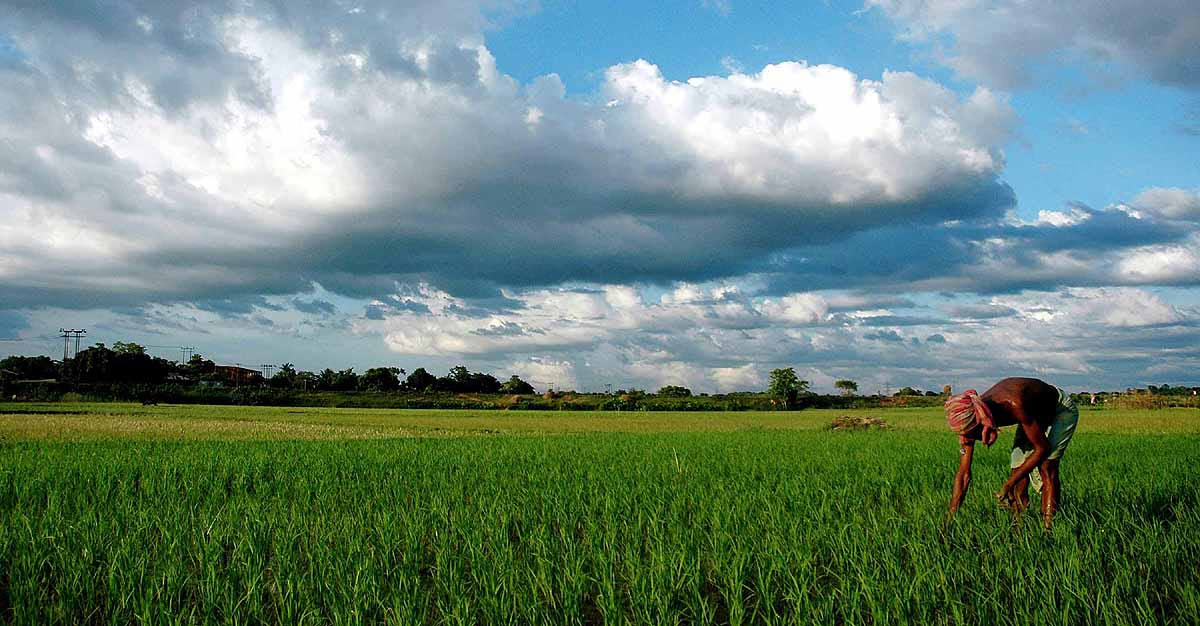
Source: aajtak
Greenery
Agriculture: Monsoons underpin India's agriculture, contributing 25% to GDP and employing 70% of the population. Crops like rice, sugarcane, cotton, and millets depend on monsoons.
Biodiversity: Abundant rainfall in tropical monsoon climates fosters rainforests and biodiversity. The dense forests and rich flora in the Western Ghats and Northeast India exemplify this.
Water Resources: Monsoons replenish rivers and reservoirs vital for irrigation and drinking water supplies.
Devastation
Floods and Landslides: Frequent in Himalayan and Western Ghats regions due to heavy rains. In 2024, natural disasters claimed 3238 lives in India, an 18% increase from 2022.
Drought: The irregularity of monsoons in savanna regions causes droughts. A weak monsoon in 2015 led to severe water shortages in Maharashtra, Karnataka, and Uttar Pradesh.
Heatwaves: Heatwaves in savanna regions claim hundreds of lives. The IMD predicts hotter summers and prolonged heatwaves for 2025.
Outbreaks of Diseases: Monsoon humidity promotes diseases like dengue, malaria, and chikungunya.
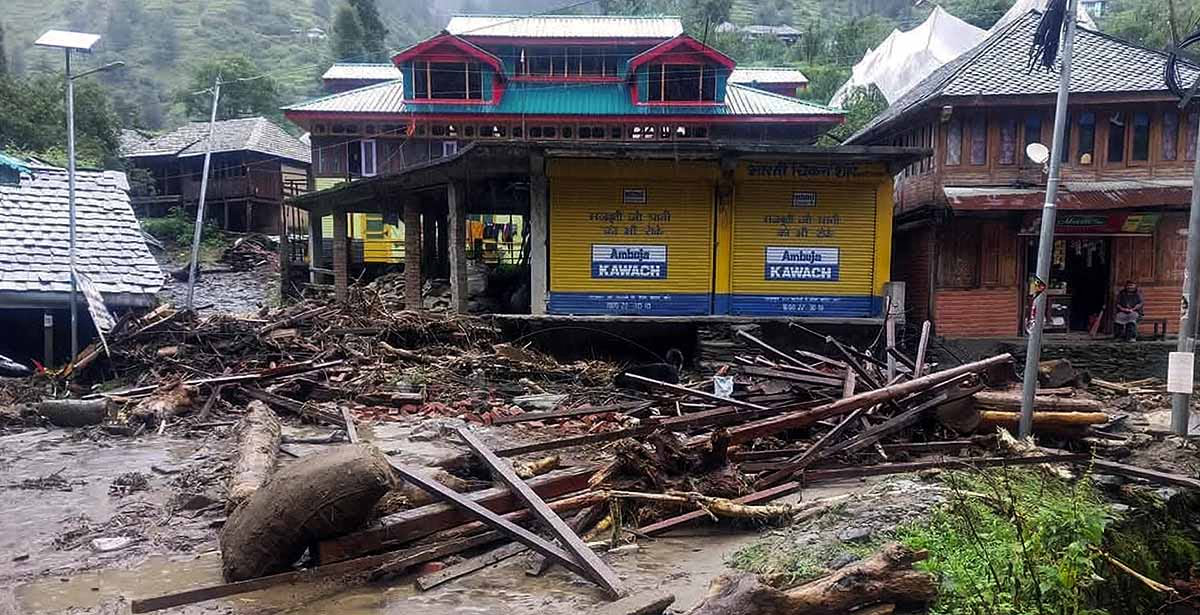
Source: aajtak
Impact of Climate Change
Climate change further complicates India's rainfall zones. According to Dr. Roxy Mathew Koll of the Indian Institute of Tropical Meteorology (IITM), the increasing levels of greenhouse gases coupled with India's tropical geographical position amplify extreme weather events.
Rising Heat:
Urban areas lack nighttime cooling due to concrete, creating a temperature disparity of up to 15°C between urban and rural areas like Delhi.
Erratic Monsoons:
From 1950 to 2015, central India experienced a threefold increase in extreme rainfall events while moderate rainfall decreased.
Microclimate Changes:
Flood-prone regions (like Bihar, Odisha) are becoming drought-prone. Drought-prone areas (like Rajkot, Aurangabad) now face flooding.
Cyclones:
Increased number of cyclones in the Bay of Bengal and the Arabian Sea. In 2024, 258 districts faced cyclones, affecting coastal regions like Puri, Chennai, and Nellore.
